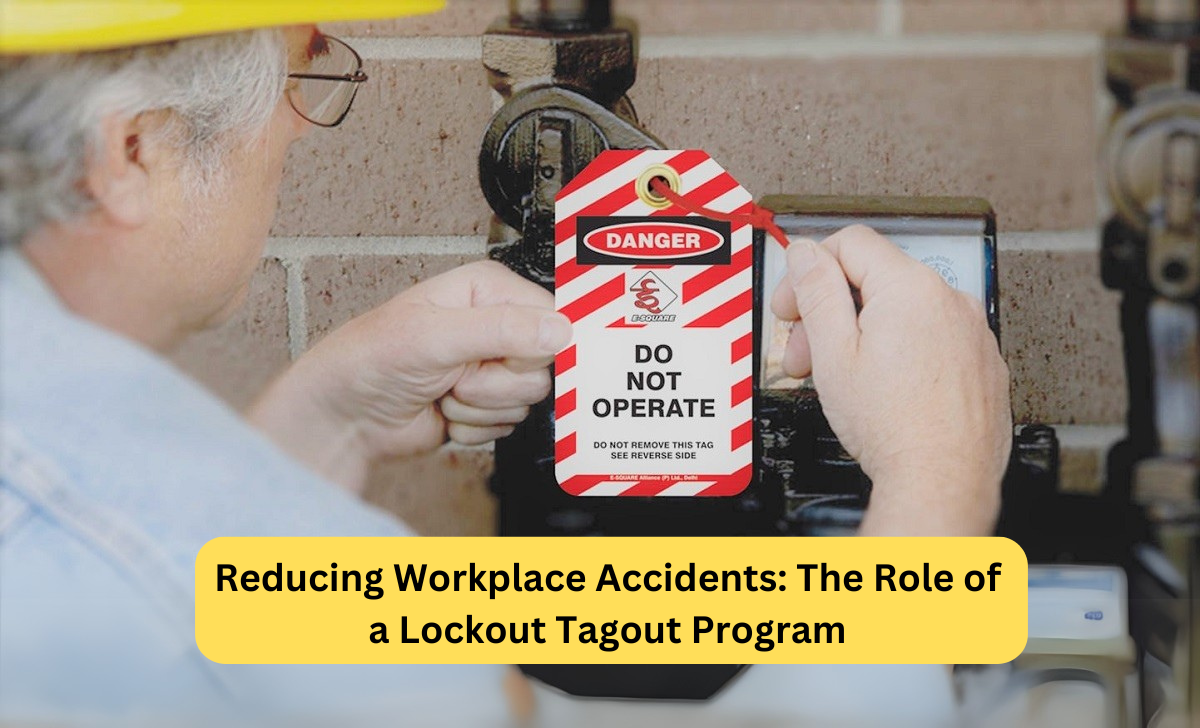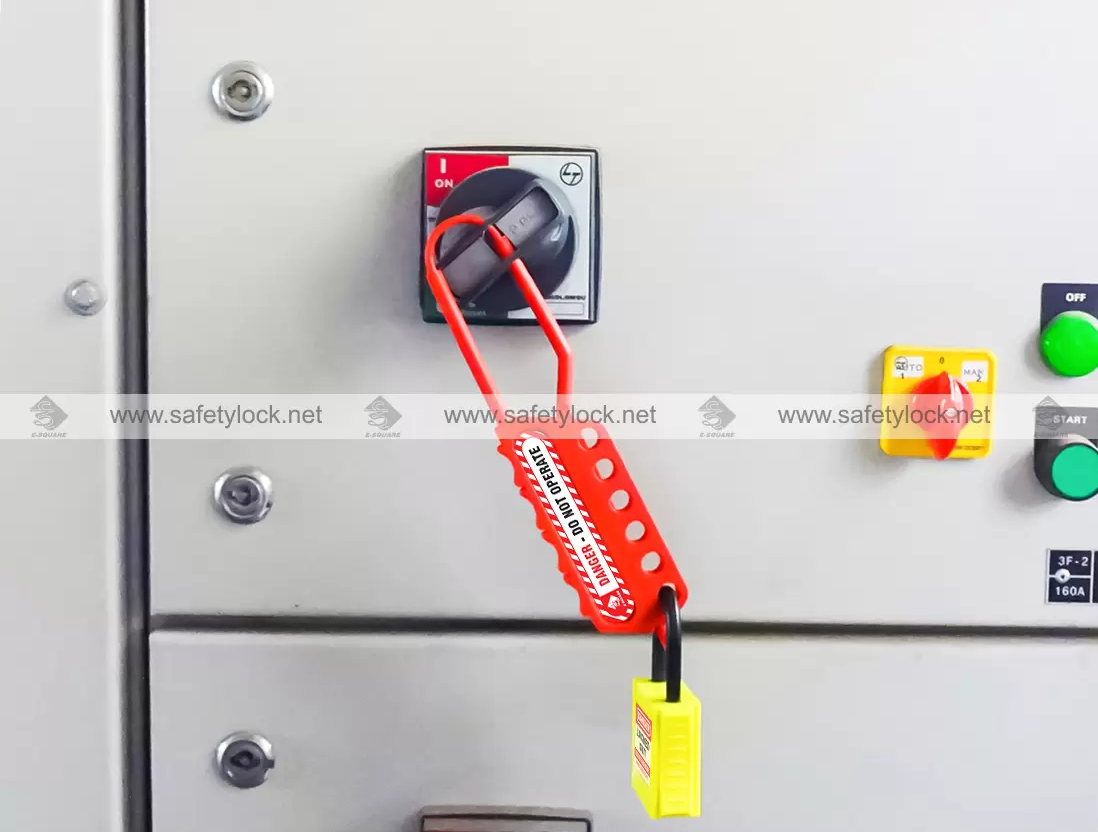Circuit Breaker Lockouts to Control Electrical Energies during Maintenance

Strong 8k brings an ultra-HD IPTV experience to your living room and your pocket.
Electrical maintenance is a critical aspect of industrial and commercial operations, requiring stringent safety protocols to protect workers from hazardous energy. One of the most effective tools in ensuring safety during such activities is the circuit breaker lockout device. These devices are designed to isolate and control electrical energy, preventing accidental reactivation of circuits while maintenance is underway. This article delves into the importance, types, benefits, and best practices for using circuit breaker lockout devices to create a safer workplace.
The Importance of Circuit Breaker Lockout Devices
Circuit breakers are central to controlling electrical power distribution, but they can pose significant risks during maintenance if not properly isolated. Accidental activation of a circuit breaker can lead to serious injuries, electrical shocks, or even fatalities. Circuit breaker lockout devices provide a physical barrier that prevents the circuit from being turned back on without proper authorization.
By incorporating these devices into your Lockout Tagout procedures, you can:
- Ensure compliance with OSHA and other safety standards.
- Minimize risks associated with electrical energy.
- Protect workers performing repairs or routine maintenance.
Types of Circuit Breaker Lockout Devices
Circuit breaker lockout devices are available in various designs to suit different types of breakers and operational needs. Here are some common types:
1. Pin-In/Pin-Out Lockouts:
These circuit breaker lockouts are specifically built to fit breaker toggles with pin slots.
2. Snap-On Lockouts:
These devices are designed to fit most circuit breaker toggles and are easy to install. They are ideal for isolating single-pole breakers in standard panels.
3. Clamp-On Lockouts:
Clamp-on breaker lockout devices are versatile and can secure various types of breakers, including multi-pole and oversized switches. Their adjustable clamps make them suitable for diverse applications.
4. Universal Circuit Breaker Lockouts:
As the name suggests, these devices are compatible with most breaker types, including large industrial breakers. They provide flexibility for facilities with diverse equipment.
5. Multi-Pole Lockouts:
Used for securing multi-pole breakers that control multiple circuits, these devices provide comprehensive isolation for complex electrical systems.
Benefits of Circuit Breaker Lockout Devices
Implementing circuit breaker lockout devices as part of your safety program offers numerous benefits:
· Enhanced Worker Safety:
Prevents accidental re-energization of circuits, protecting workers from electrical shocks and arc flashes.
· Regulatory Compliance:
Meets OSHA and other global safety standards, helping businesses avoid fines and legal issues.
· Cost-Effective:
Reduces the likelihood of accidents that could result in downtime, medical expenses, or equipment damage.
· Versatility:
With various designs available, these lockout devices can accommodate a wide range of breaker types and configurations.
· Improved Safety Culture:
Demonstrates a commitment to worker safety, fostering a culture of awareness and compliance in the workplace.
Best Practices for Using Circuit Breaker Lockout Devices
To maximize the effectiveness of circuit breaker lockout devices, follow these best practices:
1. Understand Your Equipment:
Identify the types of circuit breakers in your facility and choose lockout devices that are compatible with them.
2. Train Your Team:
Provide comprehensive LOTO training to all employees, ensuring they understand how to use circuit breaker lockouts correctly.
3. Inspect Devices Regularly:
Check lockout devices for wear and tear, replacing any damaged components to maintain safety standards.
4. Develop Written Procedures:
Create detailed LOTO procedures for electrical maintenance tasks, outlining the steps for applying and removing lockout devices.
5. Conduct Audits:
Regularly review your LOTO program to identify gaps and improve processes for better safety outcomes.
6. Use Labels and Tags:
Supplement lockout devices with clear labels and tags that provide information about the lockout status and the person responsible.
Conclusion
Circuit breaker lockout devices are an essential part of any effective Lockout Tagout program. They offer a reliable and versatile lockout tagout solution for isolating electrical energy, ensuring the safety of workers during maintenance and servicing tasks. By understanding the different types, benefits, and best practice of using these devices, organizations can take proactive steps to minimize risks and foster a culture of safety.
Investing in high-quality circuit breaker lockout devices not only safeguards employees but also ensures compliance with safety regulations, reduces operational disruptions, and reinforces a strong commitment to workplace safety.
Note: IndiBlogHub features both user-submitted and editorial content. We do not verify third-party contributions. Read our Disclaimer and Privacy Policyfor details.







